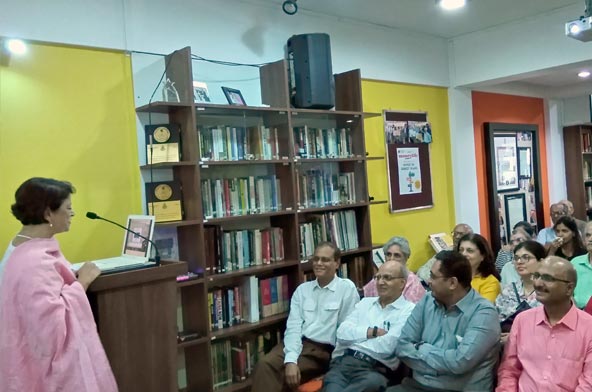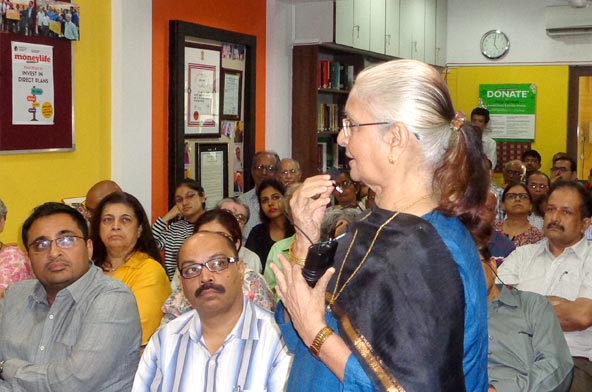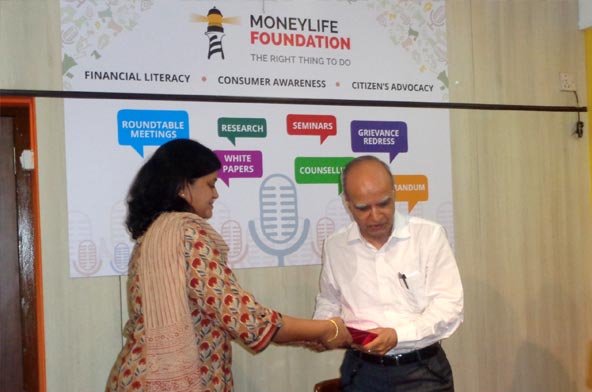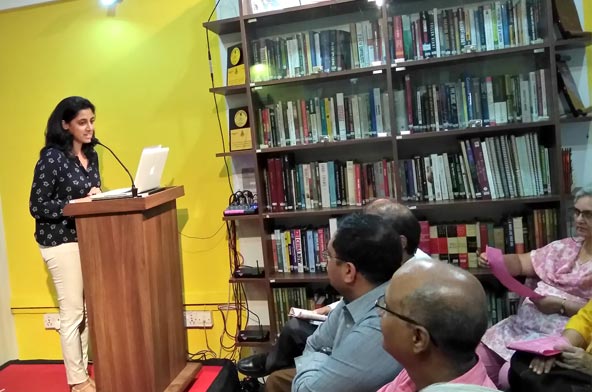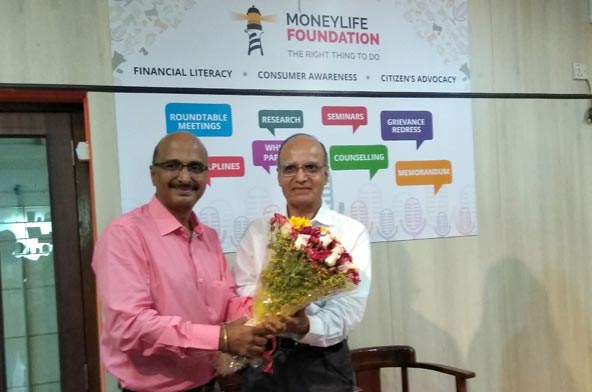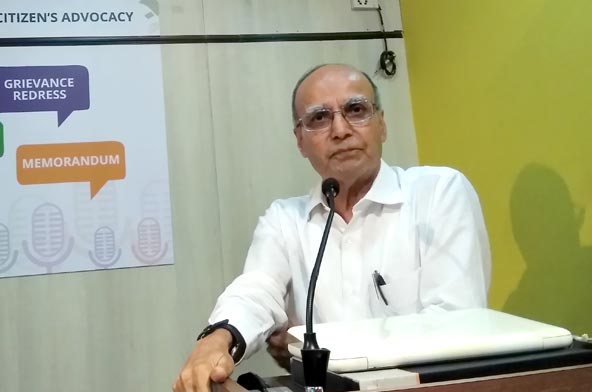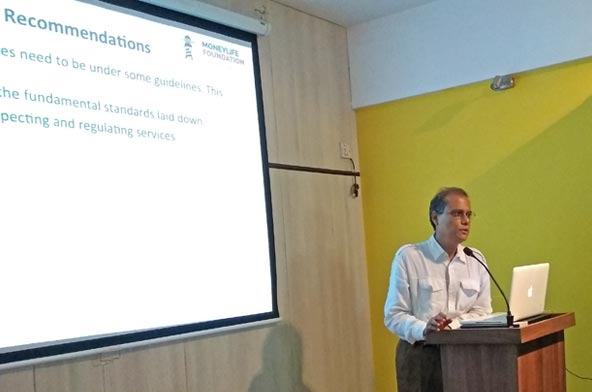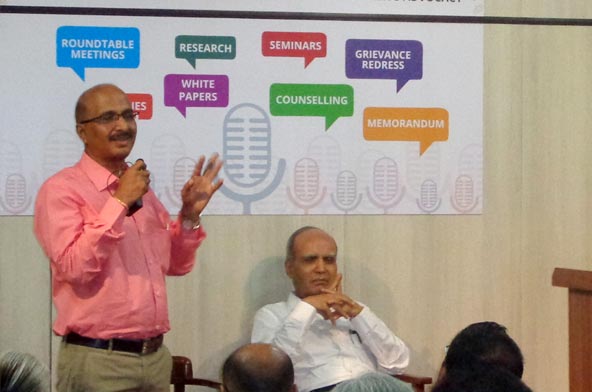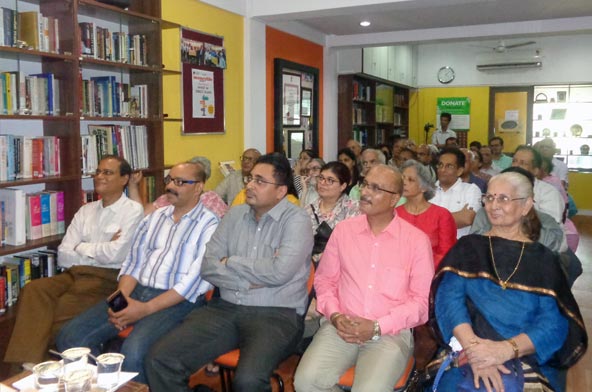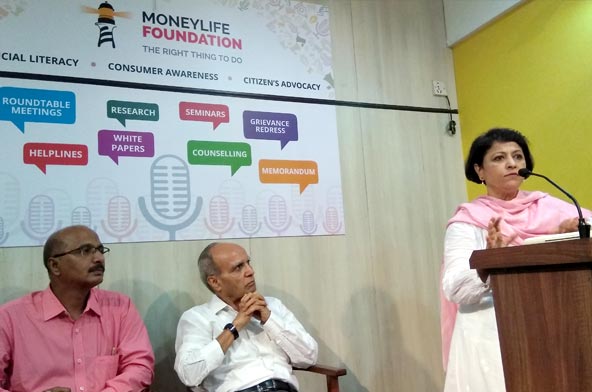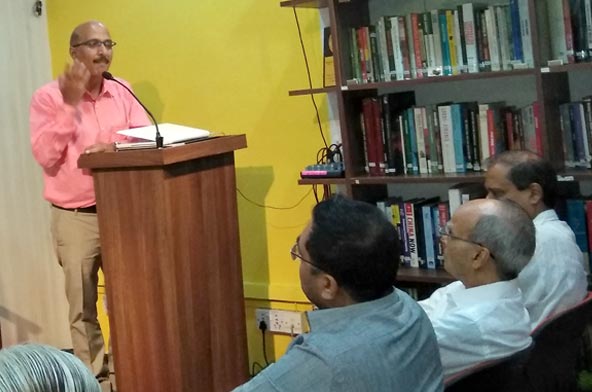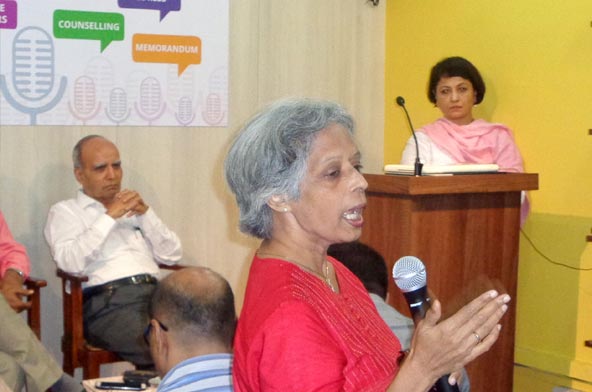
The first ever study on retirement homes in India, done by Moneylife Foundation, reveals a huge potential for this growing sector. At the same time, there is a need for appropriate oversight, standards of infrastructure and service and grievance redress measures.
The Retirement Homes report was released on Friday by BN Makhija, retired IAS officer and Chairman of GuideStar India, in the presence of senior citizens and activists. The study was conducted with the support of Housing Development Finance Corp Ltd (HDFC) as part of its corporate social responsibility initiative. The release was timed to mark World Elder Abuse Awareness Day, observed on 15th June.
Says Mr Makhija, “The demand for retirement homes is there, it is growing and so this report is appropriate and timely. There are three reasons why people go to retirement homes: the company of people of similar age, care and safety offered by these places. People are willing and the resources are available, but now people want options. This is the right time to take up the issue of regulation in this segment and I will be happy to be associated with this project.”
India is a young country, but a growing population of older persons (8.94% of the Indian population today) has created a niche market for retirement homes that cater to the needs of fairly affluent Indians who no longer want to be burdened with running a home and want to live with people who have similar background and interests.
Sharing the findings from the report, Sucheta Dalal, Founder-Trustee, Moneylife Foundation, said, “The Study has thrown up a range of issues that seniors can expect to face over time — starting with minor irritants such as service quality and maintenance to more serious issues such as forceful eviction, denial of services, substandard services and dealing with cost escalation. The need for regulation is underlined by a court case in the Tamil Nadu High Court that highlighted the travails of the senior citizens living in retirement home in Coimbatore.”
Moneylife Foundation also conducted an online survey of those living in retirement homes to get first-hand information from residents and gauge their level of awareness about the facilities and future. The survey threw up some startling findings.
According to the survey, out of the 340 respondents nearly 65% had not signed a contractual agreement which clearly outlines terms of service and their rights. Shockingly, over 62% were unaware about the cost and procedures involved in terminating their deal with the retirement home and its costs.
Highlighting lack of regulation of retirement homes or retirement communities in India, Debashis Basu, Founder-Trustee of Moneylife Foundation, said, “There are two models that have developed — an ownership model and a rental model. Both have good and bad examples. The question is what kind of regulation, supervision and structure will ensure a safe and viable retirement for senior citizens?”
Although realty is a state subject, the process of granting clearances to set up retirement homes and townships needs to have a national regulatory framework, preferably through an act, overseen by the Ministry of Social Justice and Empowerment.
“The Ministry should ensure that every retirement home and its management agency is required to file details of its agreements, amenities, terms and conditions of service according to the model and structure under which they are set up and operate. The Ministry should also ensure that details of licenses, sanctions, permissions and terms and conditions of Retirement Homes are uploaded on the Ministry website (as in the Real Estate Regulation Act),” the Report says in its recommendations.
Talking about the Report, Sailesh Misra from the Silver Innings Foundation, said the release of the report is just the beginning. “We need to change our mindsets. Seniors opting for retirement homes do not want pity but good services. This is because retirement homes are for the affluent class who can afford them. However, when we talk about elder care, there is a need for all of us to become service providers with holistic angles. Regulatory guidelines or frameworks are the right step in this direction,” he added.
Retirement homes are popular in most developed countries such as the US, Canada, Japan, and New Zealand. While there may be a few differences in the structure and facilities offered by these homes, what they have in common is the fact that the governments of these countries extend support, incentives and facilities for retirement homes. Each of these countries has also put in place appropriate regulatory guidelines covering the structure, management and operations of such facilities.
According to the findings from the study, unless the government puts in place proper regulation, licensing, supervision and grievance redress mechanism with a clear administrative ministry, examples like that of Coimbatore are bound to have an impact on the growth of the retirement homes segment, which otherwise have great potential in India.


